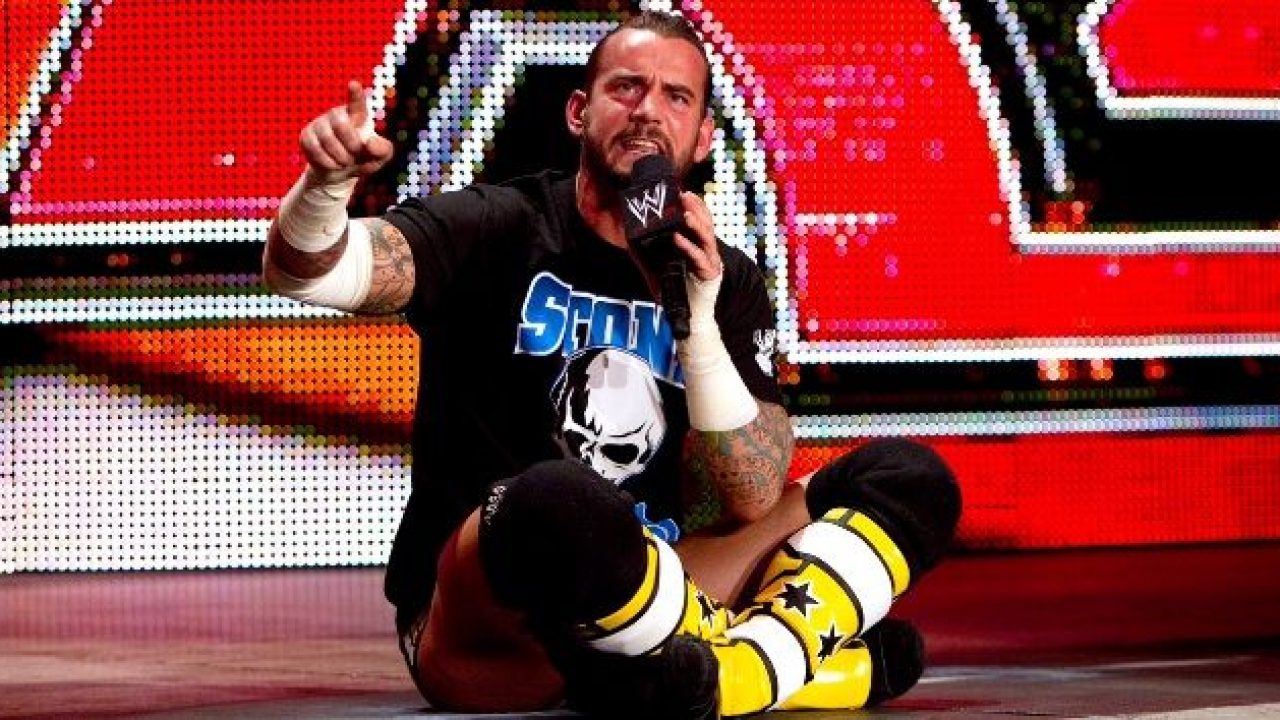All Wrestling Fans Won. You Can Stop Fighting Now.

The problem is that the millennial set stuck around. These young adults comprised the “secondary” audience. They echoed back “Cena sucks!” They still wanted to watch WWE (or a lost version of it), and they felt WWE was theirs; they grew up with it. The WWF followed them on a shared journey. Those fans looked up to Hogan in the late ‘80s and looked at cleavage in the Attitude Era of the late ‘90s.
They paid money for tickets. There was no mainstream alternative for the loud spectacle of major arena wrestling.
Those older fans wanted a smile put on their face, too; after all, it is the job of a promoter to push acts that connect with the audience. The issue is that WWE, in a challenging consequence of monopoly rule, had two masters to serve - and they were never much good at nor interested in doing it. Vince had his own, inflexible approach. Raw and SmackDown were indistinguishable from another, despite the brand split acting as the ideal mechanism with which to solve the split demo puzzle. WWE tried to reboot ECW to shut the old miserable marks up, but very quickly lost interest.
Then, in the early summer of 2011, a convergence happened. Vince had become so terrible at his job that he was incapable of building stars in his preferred image. CM Punk sensed this, and used his leverage and creativity to create a character that would connect with a disillusioned secondary audience that had grown to believe in the prospect of real change.
Change was not forthcoming; the anti-WWE renegade was cast as a scab as the summer heated up - or rather, didn’t. A few years later, the same problem materialised. The primary, coveted audience was conditioned to get behind Roman Reigns; the secondary audience wanted Daniel Bryan to be the guy. Neither audience was happy; Roman couldn’t exist as a conquering hero against such a toxic backdrop, while Bryan’s push was too transparently reluctant. The most ironic thing about the pro wrestling fan space in 2024 is that war is over, but the fighting never stopped.
If you were to physically travel back in time, and tell a fan living through 2011 what would become of pro wrestling, they’d involuntarily perform a series of jazzed-up cartwheels - if they actually believed you.
In 2024, both audiences are served.
AEW, a unicorn of a promotion, actually realised that change. When you watched John Cena use a Star Wars analogy to build a match - a regulation WWE Big Match, a cliché that made you profoundly bored - at that excruciating moment, you very likely mourned what wrestling used to be. You wanted blood, you wanted impeccable technical wrestling, you wanted huge jumps, you wanted an international flavour, you wanted great matches, you wanted range, you wanted unscripted promos, you wanted violence. AEW, even as it settles into life as a promotion that will almost always get in its own way, a promotion that has made every mistake, is still capable of that on at the very least a monthly basis. In 2024, you got Bryan Danielson winning the big one in Wembley Stadium.
WWE, meanwhile, is the best and most effective version of itself. With Vince McMahon gone and resting in piss, Paul Levesque, perhaps recalling how effective he was in the landscape of 2000, has through his creative direction emulated the overlapping narrative intricacy of former head writer Chris Kreski. Everything matters and, ages after Vince’s departure, it remains astonishing when you are reminded that it matters months later. Elevated by massively improved big-league production, WWE is hot, loud, bombastic, coherent and well worth the emotional investment.
You could vaguely grasp why online conversation looked the way it did in the summer of 2021. AEW was white-hot, and WWE, in the dying days of Vince McMahon’s wretched creative, was unspeakably bad. AEW fans were smug; WWE fans, in response, were more than a little defensive. This has all flipped, and you could argue that WWE fans are smug, bragging about their “cinema” as AEW’s houses are down, and down badly. AEW fans are now reeling and lashing out - but why bother?
AEW is cold and uneven but it remains selectively brilliant - seminal, even. The pay-per-view shows in particular are masterpiece factories. Why do you care that many WWE ‘Premium Live Events’ are only five matches long when A) that was a good thing in the days of peak NXT TakeOver shows and B) you have zero intention of watching?
Why is this sh*t still happening in 2024?
CONT'D...